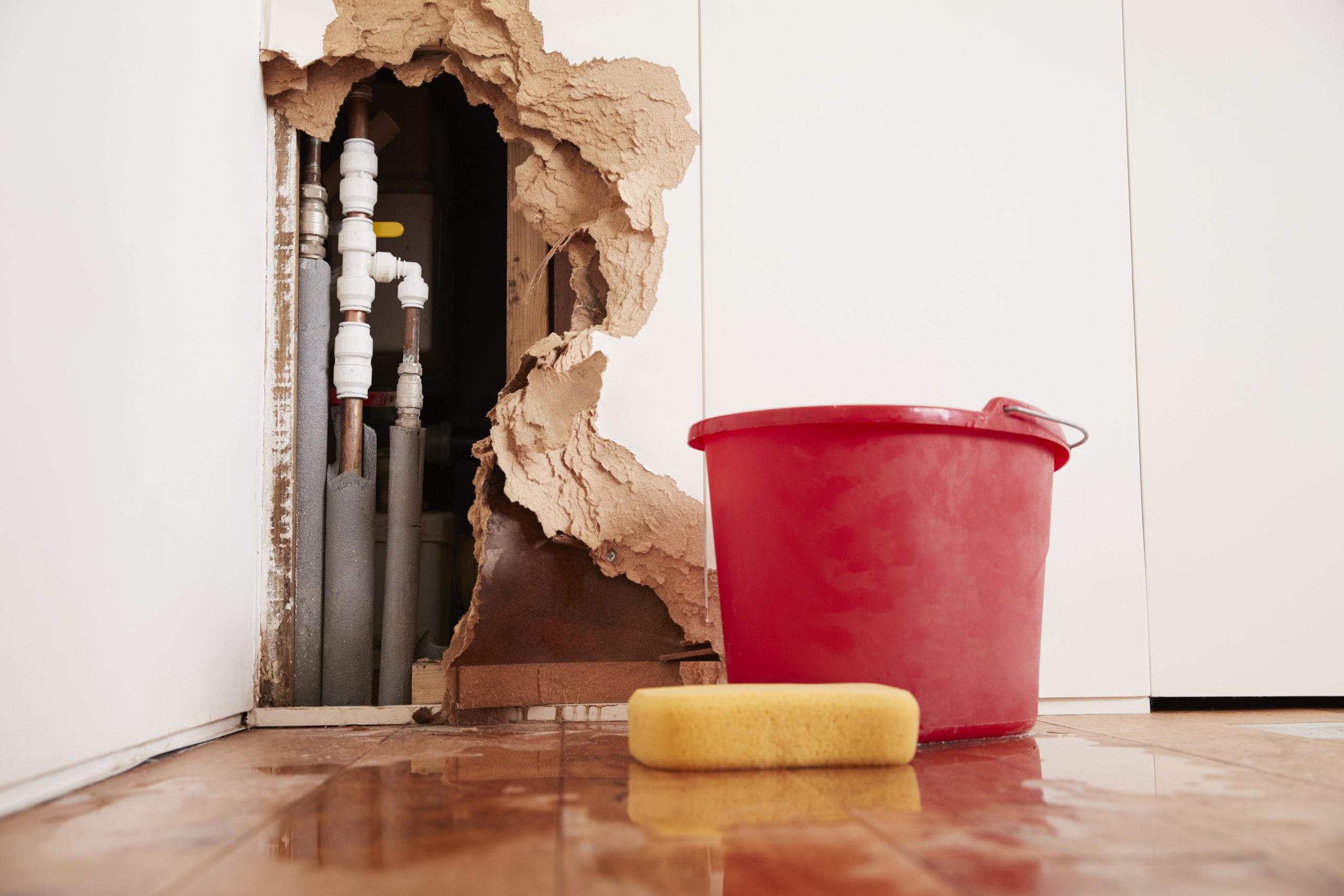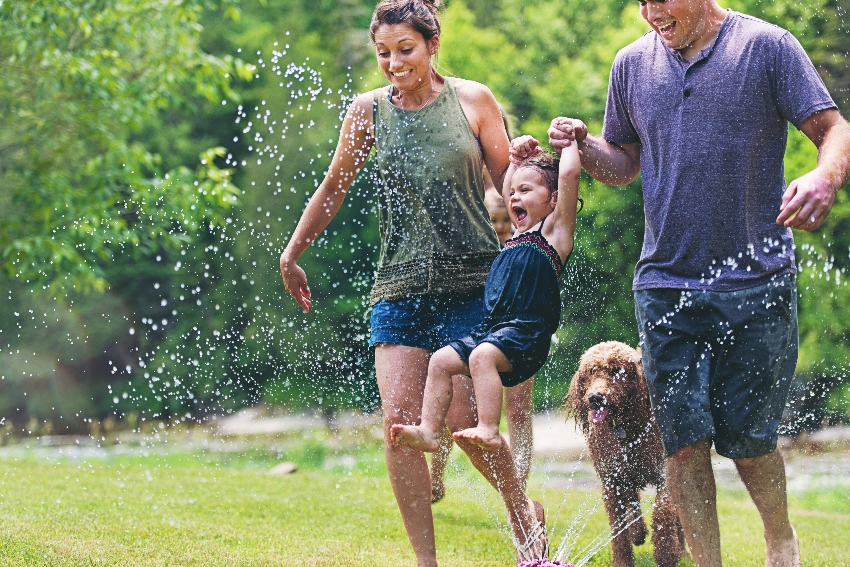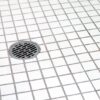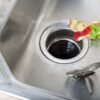Category: Water Damage Restoration

5 Tips for Water Damage Restoration
A leaking pipe, storm damage, burst sewage lines, flooding, and other unfortunate events typically lead to costly repairs due to water damage in your home. This will probably cause you a great deal of stress, but there is no need to panic. We have gathered 5 tips for water damage restoration that should be beneficial for you as a homeowner. Continue reading our blog for these helpful tips.
Where to look for damage from water
First things first, you should know which locations to inspect for water damage in your home. Here are some of the more common places:
- Around home appliances
- Pipes
- Insulation
- Drywall
- Your HVAC system
- Floor coverings
Discover the source of the damage
When looking for the source of the water damage in your home, it is important to know that water damage is divided into three different categories.
Category 1: Water damage or clean water damage is the least severe of the three. This type of water damage is caused by a broken pipe, appliance issues, or an overflowing bathtub.
Category 2: Water damage or grey water damage is when the water from your toilet, washing machine, or sump pump has backed up.
Category 3: Water damage or black water damage is the most severe of the three categories. Black water damage will include sewage, rising flood waters, and many other materials that will need to be removed.
Know where to shut off your main water supply
It is important as a homeowner that you know where your main water supply is and that you know how to shut it off. In a water emergency, you should immediately cut off the water supply in your home. Otherwise, the water may spread to different areas and cause more damage.
Clean and sanitize
Cleaning and sanitizing your home are probably the most important tips when restoring water damage. You need to get the affected area or areas as dry as possible. That means mopping and using towels, dehumidifiers, and fans to help eliminate excess moisture. If possible, leave windows and doors open to get a natural air flow to help dry out your home. When sanitizing the different areas, use bleach or an alternative cleaning product to help eliminate potential mold growth or hazardous materials left from the water damage.
Contact Robillard Plumbing
The last of our 5 tips for water damage restoration is to contact Robillard Plumbing and tell us about your situation. We will arrive at the scene as soon as possible. Our trusted professionals will get your water supply squared away and inspect your home to ensure that it is safe. We will then guide you through the flood restoration process and provide peace of mind. Contact us today!
Read More
Summer Plumbing Preparation Tips
Warmer weather and longer days are finally upon us here in Minnesota. As we make the official transition to summer, it’s important to make sure our plumbing is as ready for the season as we are. Use these summer plumbing preparation tips to help protect your home from major problems down the road.
Summer Plumbing Preparation Checklist
- Test outdoor faucets and hose bibs (spigots). If any of them drip or you notice leakage inside the home the first time the hose is turned on, there may be a pipe that froze in the winter, cracked when it thawed, and needs to be replaced.
- Clear debris from yard drains and gutters/downspouts. Pine needles, leaves, and other debris can build up in these systems over the long Minnesota winters. Be sure rain and wastewater can flow freely away from the house to prevent leaks and backups that can cause water damage.
- Remove obstructions from sprinkler system. Clogged sprinkler heads can lead to increased water pressure and potentially burst the system’s water main. Clear any blockages now, and remember to check for dirt, grass clippings, and other obstructions throughout the season.
- Make sure your sump pump is clean and working properly. Dump a bucket of water into the sump pit to see that it activates, safely removes the water, and shuts off without issue. Make sure the line is clear of debris and consult the owner’s manual for cleaning. Contact your local plumber if you detect any issues to prevent potential flooding.
- Check toilets for damage and operation issues. Thoroughly inspect the bowl and tank for cracks/leaks that need to be fixed. Make sure toilets flush properly – if the handle needs to be held down for a thorough flush or frequently runs after flushing, you may need to replace worn tank parts. Make these inexpensive fixes now to prevent costly repairs or replacements later on.
- Inspect faucets for drips or leaks. They may seem small, but the extra (and unnecessary) water use will add onto your bill. Identifying these simple repairs early on can also help prevent more expensive issues in the future.
- Check exposed and exterior water pipes. Piping located in basements, below sinks, outdoors, and in your exterior walls are more susceptible to freezing in the winter. Make sure they’re free of cracks and leaks.
- Test your home’s water pressure. Make note of the water pressure when you take showers or use a sink. If it’s low, there could be a leak somewhere in your system that should be addressed by a plumbing professional.
- Schedule professional drain testing/cleaning. Clogged drains can lead to backups and other major issues, so plan ahead. We recommend homeowners have their drains tested and cleaned every two years, or sooner should they notice a problem.
- Pour a gallon of water into infrequently used drains (including floor). This will fill the trap and prevent odors from entering the home, and also let you see if the drains are slow and need to be snaked or cleaned to ensure proper draining in the event of a flood.
- Check your water heater. Make sure the temperature is no higher than 120 degrees to reduce energy use and prevent scalding water. Drain several gallons of water to flush harmful, corrosive sediment from the unit. If you notice any signs of corrosion or leaks (i.e. puddles on the floor, rust or soot by the control panel) and/or your unit is 15 years or older, consider replacing your water heater.
- Turn the main water valve off and on. Left untouched, the valve can become difficult to turn over time. Simply close and reopen the valve to prevent its parts from sticking in place in case you ever need to shut off the supply.
While it’s impossible to guarantee you will never face plumbing issues as a homeowner, being vigilant and understanding what to look for can greatly reduce the risks. Use these summer plumbing preparation tips to help keep your home safe while you and your family enjoy the season. From inspections and installations to emergency repairs and replacements, you can rely on the master plumbers at Robillard Plumbing for all your plumbing service and product needs. Contact us to learn more.
Read More


